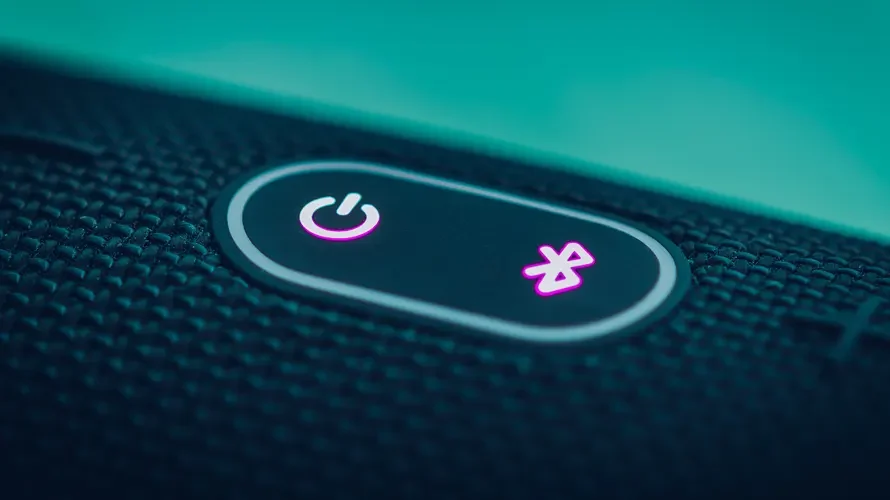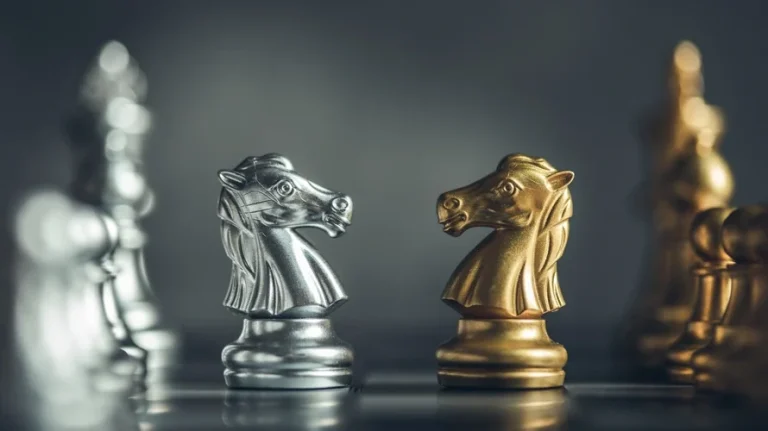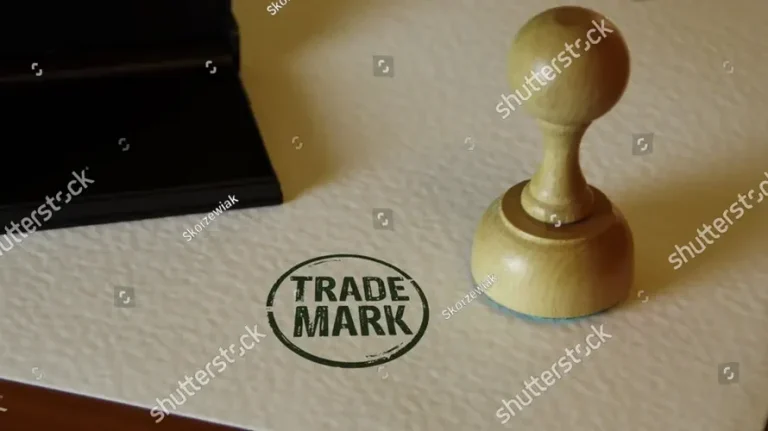
Bluetooth technology dates back to 1989, when engineers at Swedish telecommunications company Ericsson began developing a short-range wireless communication method to replace RS-232 data cables. The name “Bluetooth” was inspired by King Harald “Bluetooth” Gormsson of Denmark, who united the Danish and Norwegian tribes—symbolising Bluetooth’s goal to unite communication protocols.
One of the earliest patent applications related to Bluetooth was filed in 1997. US Patent 6,590,928, titled “Frequency Hopping Piconets in an Uncoordinated Wireless Multi User System,” became foundational. It covered Bluetooth’s frequency-hopping mechanism, enabling stable communication between multiple devices. The patent was granted in 2003.
To drive adoption and standardisation, the Bluetooth Special Interest Group (SIG) was formed in 1998 by Ericsson, IBM, Intel, Nokia, and Toshiba. SIG members agreed to a Patent Licensing Agreement (PLA), which facilitated cross-licensing of standard-essential patents (SEPs) under FRAND (Fair, Reasonable, and Non-Discriminatory) terms.
The Evolution of Bluetooth Patents Alongside Mobile Networks
Bluetooth 1.0 debuted in 1999 with a maximum data rate of 732.2 kbit/s and a range of up to 10 metres. It was primarily intended to replace RS-232 cables and had limited features. Notably, audio streaming was not part of the original specification. That same year, Bluetooth-enabled mobile devices were introduced—at a time when the mobile industry was still focused on developing 2.5G technologies like GPRS. 3G was not commercially launched until 2001 by NTT DoCoMo in Japan.
Between 2000 and 2001, many patent applications were filed addressing Bluetooth pairing, authentication, and security, ensuring reliable and secure data transfer across devices from different manufacturers.
By 2005, as 3G networks became mainstream, the US patent application that led to US Patent 7,925,214 was filed. It aimed to secure technologies enabling multi-device coordination via Bluetooth. This led to the industry-wide adoption of Bluetooth 2.0 + EDR (Enhanced Data Rate) by 2007, boasting a significant speed increase (up to 3 Mbit/s). Around the same period, Bluetooth Low Energy (BLE) was officially introduced into the specification.
Smart Pairing and Further Advancements
In 2008, US Patent 7,996,571—covering Smart Pairing (or “Fast Pair”)—was granted. This technology simplified the process of connecting Bluetooth devices, especially on Android. It used BLE to discover nearby devices and prompted automatic pairing, often with a single tap.
In parallel, the first commercial 4G LTE service launched in December 2009 by TeliaSonera in Stockholm and Oslo. During this time, between 2009 and 2010, key patents centered on connection and pairing methods were filed, such as:
- US 8,364,963 (granted in 2012): new Bluetooth pairing techniques.
- US 9,191,988 (granted in 2012): smart pairing methods for Bluetooth-enabled systems.
- US 2010/034674 (filed in 2010): systems and methods for connecting Bluetooth devices.
Surviving the 3G Sunset
By 2020, as 4G coverage expanded, many telecom operators began retiring their 3G networks. Interestingly, 2G was kept in operation in several countries due to its utility in legacy systems. In the US:
- AT&T shut down 3G on 22 February 2022
- T-Mobile shut down Sprint’s network on 31 March 2022 and its own on 1 July 2022
- Verizon followed on 31 December 2022
Devices relying solely on 3G became obsolete—but Bluetooth thrived.
In recent years, Bluetooth patenting activity has continued:
- US Patent 11,382,017 (2022): inter-device session continuity for wireless audio
- US Patent 11,638,313 (2023): automatic Bluetooth device coupling
- US Patent 10,045,190 (2023): device information discovery and management
Bluetooth Patents in Malaysia
The earliest known Bluetooth patent, US 6,590,928, has a Malaysian equivalent granted as MY-123559-A in 2006. A search of the Malaysian IP Office database reveals that many Bluetooth-related patents have since been filed by multinational corporations, universities, and individual inventors.
This comes as no surprise—Malaysia’s patent system is relatively streamlined for Bluetooth-related applications. As a key hub for Outsourced Semiconductor Assembly and Testing (OSAT), Malaysia receives Bluetooth, Wi-Fi, and GPS chips for packaging and final testing before global distribution.
Although Bluetooth comprises both hardware and software, the software elements are often tied to specific hardware, reducing the likelihood of rejection on subject matter grounds. Malaysia’s approach to patenting such technologies is consistent with European Patent Office (EPO) standards.
Furthermore, Malaysian Examiners regularly accept positive examination outcomes from major offices like the USPTO, EPO, JPO, KIPO, IP Australia, and recently, CNIPA (China). Applicants can leverage granted foreign patents to accelerate prosecution in Malaysia—often without the need for expedited examination fees.
Under the Patent Prosecution Highway (PPH), examination results from these jurisdictions or positive International Preliminary Reports on Patentability (IPRP) (Chapter I or II) can be submitted to fast-track allowance—sometimes as quickly as within three months.
Bluetooth in the 5G Era and Beyond
While 5G is rapidly rolling out, 4G is expected to remain in use for another decade. Yet, Bluetooth, now in its 36th year, shows no signs of slowing down.
The current version, Bluetooth 5.4, supports robust data streaming, connection stability, and extended range. It powers connectivity in smartphones, tablets, digital cameras, smartwatches, remote controls, gaming devices, and an ever-growing ecosystem of IoT products.
With ongoing innovations focused on range, energy efficiency, and security, the volume of Bluetooth patent filings will likely continue rising. The legacy of Bluetooth—a technology older than 3G and outlasting 4G—demonstrates the enduring importance of wireless innovation in a hyperconnected world.



